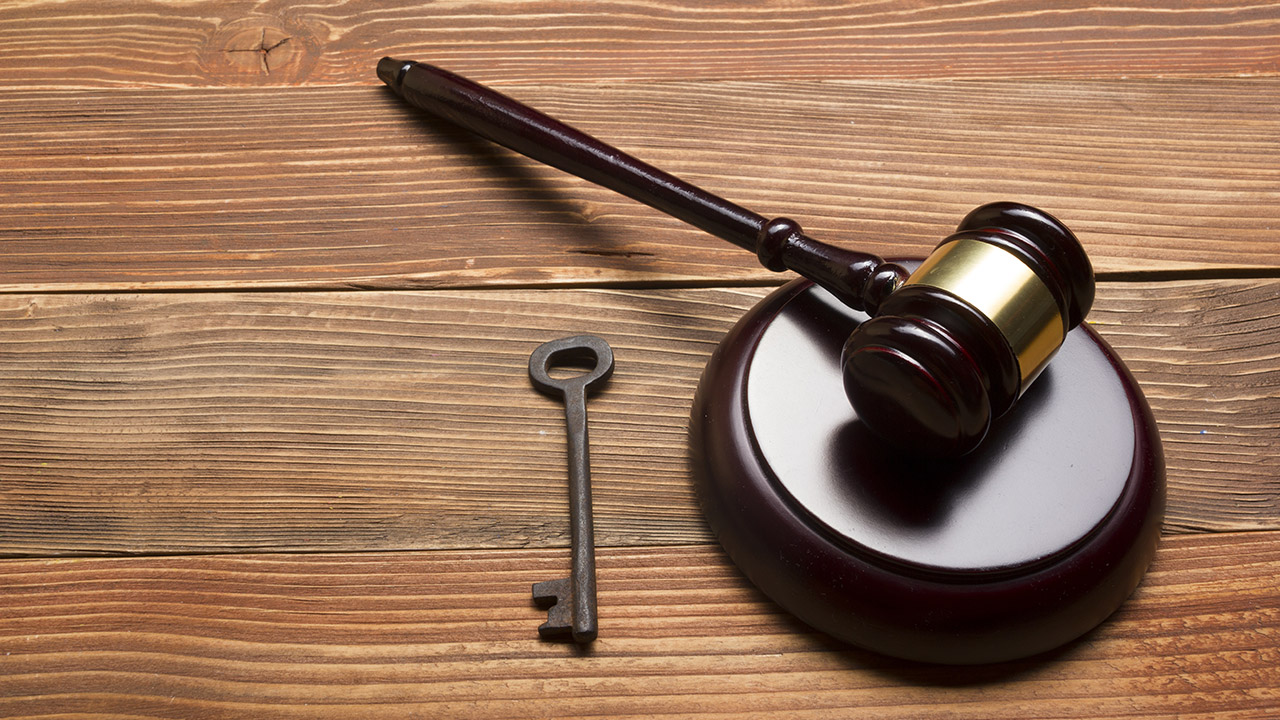Before you get the keys to your new home, there are a few steps you’ll need to go through first. After you’ve got your credit and finances in order, got pre-approved for a mortgage, found a reputable real estate agent to work with, and found the home of your dreams, the actual real estate transaction can begin.
If you’ve never entered into a real estate contract before, these are the steps you’ll typically go through in succession.

Making An Offer
All negotiations for the purchase and sale of real estate in California will typically be done via a written contract by way of a Residential Purchase Agreement. Your offer will be submitted to the seller through this completed document, which will include a number of components that can be negotiated, including your offer price, closing date, deposit amount, and contingencies, among others.
Be prepared for any one of these things to be negotiated by the seller. An offer is often followed by a counteroffer by the seller, which you can then counter again until an agreement can be reached that meets both parties’ needs.
Your real estate agent will make sure that the necessary contingencies are included in your purchase agreement to protect you. The most typical ones include financing and home inspections, which provide you with a certain amount of time after an offer is accepted for you to arrange for a mortgage and have a professional home inspector come into the home to identify any deficiencies, respectively. All of these items, as well as disclosure requirements and agreed-upon fees, are specified in the Residential Purchase Agreement.
Once the offer is accepted, all parties – including you, the seller, and real estate agents/brokers – must sign and date the contract. At that point, the contract is legally binding.
Entering Into a Representative Contract With Your Realtor
The California Association of Realtors (CAR) offers a standard contract that buyers enter into with their representing real estate agent: the Buyer Broker Representation Agreement. This form is an agreement between buyers and their real estate agents/brokers. It outlines what the real estate agent will do for you, and how you will be represented.
The agreement doesn’t make you obligated to the real estate agent for any services, even if the agent helps you find a home and a successful purchase agreement is entered into with a seller. Buyer representatives typically get paid through the seller or listing broker.
Even though it’s a contract, the Buyer Broker Representation Agreement can be canceled by the buyer or the agent at any time. There’s also an expiry date specified on the form, which outlines how long the agent will be representing you for.
Paying the Deposit
Once the purchase agreement is accepted and signed by you and the seller, you’ll have to provide the seller with a deposit check within the next day or so. This money is kept in an account by the listing broker, and is kept separate from any of the brokerage’s other accounts. On average, these deposit amounts are typically anywhere between 1% to 3% of the purchase price of the home. This money goes towards the down payment for the mortgage.
If, for whatever reason, the deal falls through, the deposit amount is either returned to you or kept by the seller, depending on the reason for the fallout. For instance, if you were unable to obtain approval for a mortgage and a financial contingency was included in the offer, you would typically get the deposit back. On the other hand, if no contingencies were included in the agreement and the home was sold firm, the seller often has the legal capability of keeping that deposit money.
Fulfilling the Contingencies
The majority of offers come equipped with contingencies, which can include any one of the following:
- Financing
- Home inspection
- Appraisal
- Clear title
After a purchase agreement is accepted by both you and the seller, you will be given a certain amount of time to fulfill the contingencies included in the offer. During this time, the home is said to be ‘escrow.’ This is the time for you to get approved for a mortgage from the lender, get a home inspection completed, have a lawyer ensure the title is free and clear of any liens or other issues, or have the home appraised.
Once these contingencies are fulfilled, the deal is done, and the title is transferred from the seller to yourself. However, if one or more contingency cannot be fulfilled by you, the deal is dead, and the home remains under title of the seller.
Closing Day
If all goes well, the deal will close. This is when the title of the home is legally and officially transferred from the seller to yourself, legal documents are signed, the down payment and closing costs are paid, and the keys are handed over.
You will also be given a copy of an HUD-1 Settlement Statement, which specifies all the little detailed costs of the mortgage, including the interest rate, escrow fees, mortgage insurance, and title insurance fees, among others. A final copy of this document is a part of the closing of a real estate transaction. The lender is required to provide a Good Faith Estimate of the total amount due upon closing within three days of the loan application being received.
An Initial Escrow Settlement Statement is also due at closing, or within 45 days of closing, which outlines the amount that needs to be paid to cover taxes, insurance premiums, and other fees that need to be paid out from the escrow account throughout the mortgage’s first year.
The Bottom Line
The real estate transaction can be a very detailed, complex, and lengthy process, and it often is. That’s why a deal of this magnitude should only be made with the help of an experienced real estate agent licensed in the state of California. With this guidance and expertise, the transaction should be a smooth and streamlined one.











